Deep below the ocean's surface, researchers have uncovered a remarkable find: a 'Lost City' that is reshaping our perception of life on our planet. This underwater wonder is not only distinct in its geological structures but also suggests the existence of life forms that are completely different from what we know.
The Unearthing of the Forgotten Metropolis
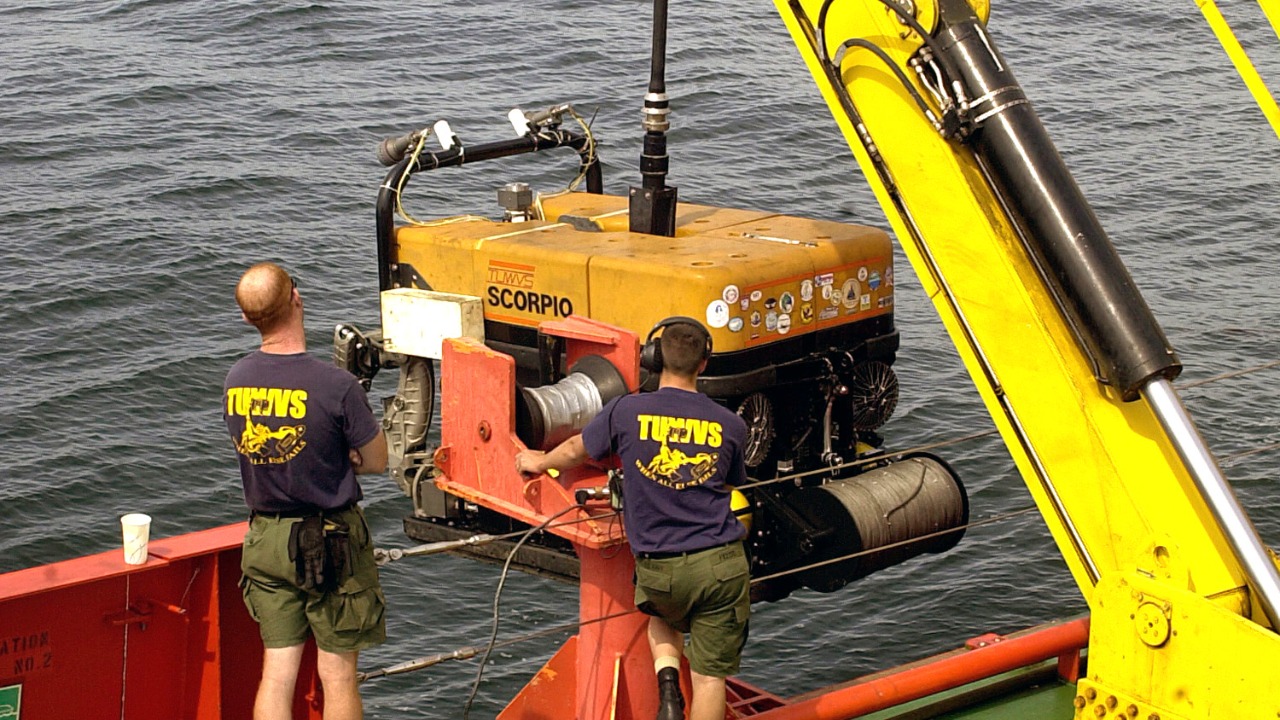
The Initial Expedition
The quest to discover the Lost City started with a highly skilled group of oceanographers and marine scientists. Using modern tools like remote-controlled vehicles (ROVs) and deep-diving submersibles, the expedition encountered dangerous conditions in the deep sea. These specialists, using state-of-the-art sonar mapping methods, set out on an exploration that would significantly change our knowledge of underwater environments. The difficulties were great, as the team struggled against extreme pressures, almost freezing temperatures, and the immense darkness of the ocean floor.
The effective use of these technologies represented a major breakthrough in deep-sea exploration. The group utilized advanced tools that enabled them to take detailed images and collect samples from areas that had never been reached before. Careful preparation and implementation of the mission were crucial in uncovering the Lost City, a find that has generated interest and enthusiasm among scientists. The combination of human creativity and technological progress made this impressive accomplishment feasible, establishing a model for upcoming explorations.
Unveiling the Lost City
The instant of discovery was truly amazing. As the ROV moved deeper into the dark depths, the group observed with great expectation. At once, the cameras recorded stunning pictures of massive structures emerging from the seafloor. These formations, unlike any previously recorded, stood as quiet guardians in the deep. Early findings showed intricate mineral formations and unique geological characteristics, leading to a wave of enthusiasm and theories among the researchers.
The revelation sparked a combination of amazement and interest. The Lost City, featuring its mysterious and alien look, provided a view into unexplored parts of the ocean. As researchers examined the pictures and information, they recognized the significant consequences of their discoveries. This newly found location not only broadened our knowledge of underwater geology but also suggested the existence of special organisms that have adapted to harsh environments.
Unprecedented Geological Formations
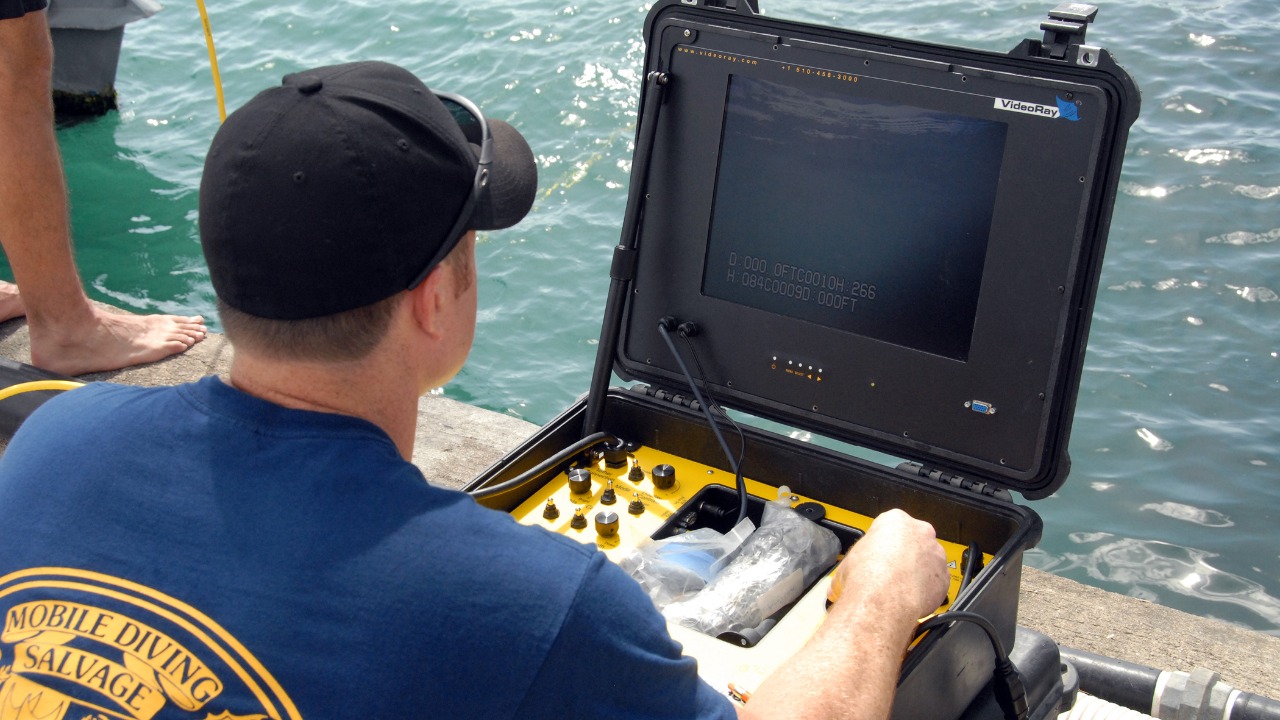
Hydrothermal Vent Structures
The Lost City is known for its impressive hydrothermal vent formations, which are very different from the well-known black smokers. These tall white mineral structures are mainly made of calcium carbonate, which is quite different from the metal sulfide-based structures usually found at hydrothermal vents. The vents in the Lost City can grow as high as 60 meters, making them much larger than black smokers and forming an unusual underwater environment.
The creation of these structures is just as intriguing. In contrast to the high-temperature, acidic settings of black smokers, the Lost City vents develop in alkaline conditions with reduced temperatures. This distinct environment leads to the formation of minerals that are uncommon elsewhere in the ocean. The existence of these impressive formations questions current geological theories and encourages more research into the mechanisms behind their growth.
Unique Mineral Composition
One of the most fascinating features of the Lost City is its distinct mineral makeup. Researchers have discovered a variety of minerals that are rarely seen in underwater environments, such as brucite and aragonite. The existence of these minerals indicates intricate chemical interactions taking place within the hydrothermal system. This wide range of minerals offers important information about the geochemical processes influencing the ocean floor.
The examination of these minerals holds significant consequences for our comprehension of Earth's geological past. By analyzing the mineral makeup of the Lost City, researchers can achieve a more profound insight into the ever-changing mechanisms that have influenced our planet throughout millions of years. This information could lead to fresh discoveries regarding the development of Earth's crust and the connections between geological and biological processes.
Possibility of Alien Life Perspectives
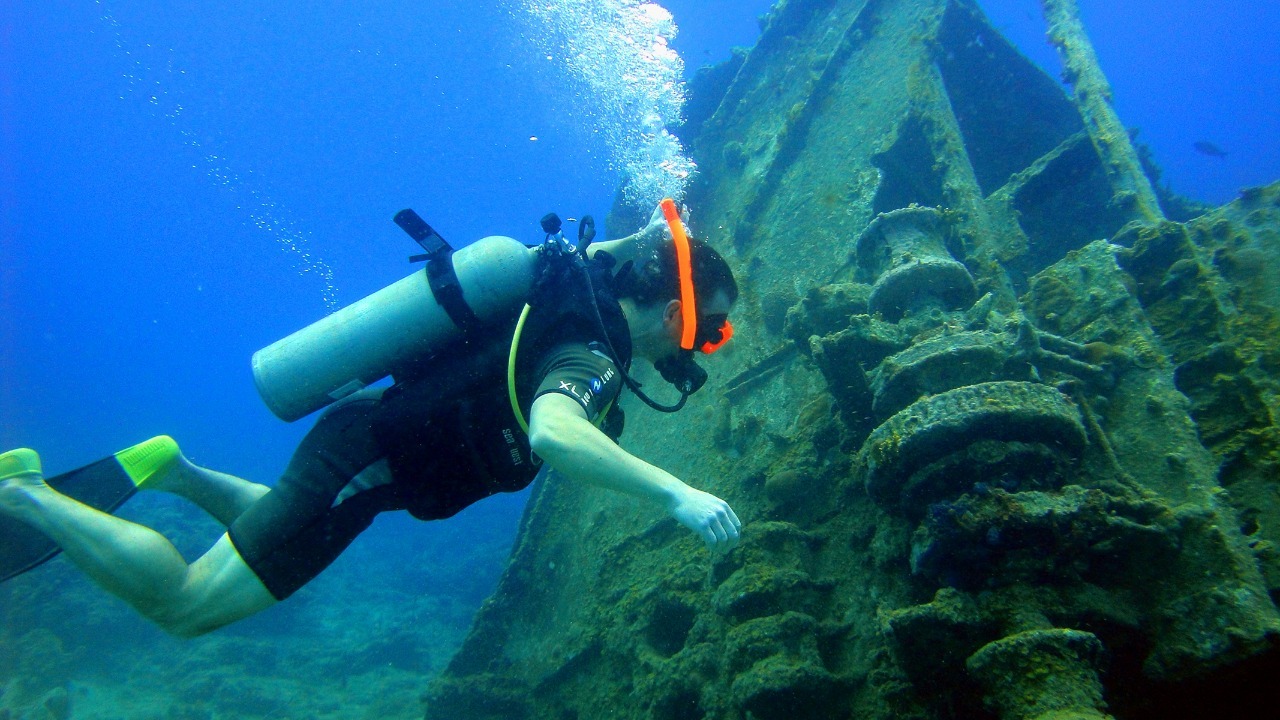
Extreme Conditions and Life
The Forgotten City showcases a setting characterized by severe conditions that foster distinctive life forms. The high alkalinity and low-temperature nature of the hydrothermal vents form a habitat that is not suitable for most recognized organisms. Nevertheless, within this challenging environment, life persists. Microbial populations, which have adjusted to these extreme circumstances, give insight into the strength and flexibility of life. These creatures offer important hints about how life could potentially exist on other planets with comparable conditions.
Examining these living organisms also improves our comprehension of the possibility of life beyond our planet. The capacity of species to endure in harsh conditions implies that life might be present in comparable settings throughout the cosmos. This finding carries significant consequences for the field of astrobiology and the quest for alien life. Through analyzing the survival strategies of these organisms, researchers can formulate fresh theories regarding the forms of life that could exist on other planets.
Astrobiological Implications
The Lost City provides important information about the possibility of life outside our planet. The special conditions and organisms discovered in this underwater habitat serve as a comparison to places that may exist on other planets or moons. For instance, the icy satellites of Jupiter and Saturn, like Europa and Enceladus, are thought to have hidden oceans that could support life under comparable circumstances. Research on the Lost City contributes to our knowledge of these outer space environments and assists upcoming space missions in their quest for life.
These biological implications go beyond our solar system. The finding of the Lost City questions conventional ideas about where life can thrive, expanding the range of astrobiological studies. By investigating this underwater wonder, researchers can improve their habitability models, increasing our capacity to locate potential areas for future exploration. The knowledge obtained from the Lost City could influence the direction of space exploration and our ongoing effort to address the long-standing question: are we the only ones in the universe?
The Lost City Ecosystem
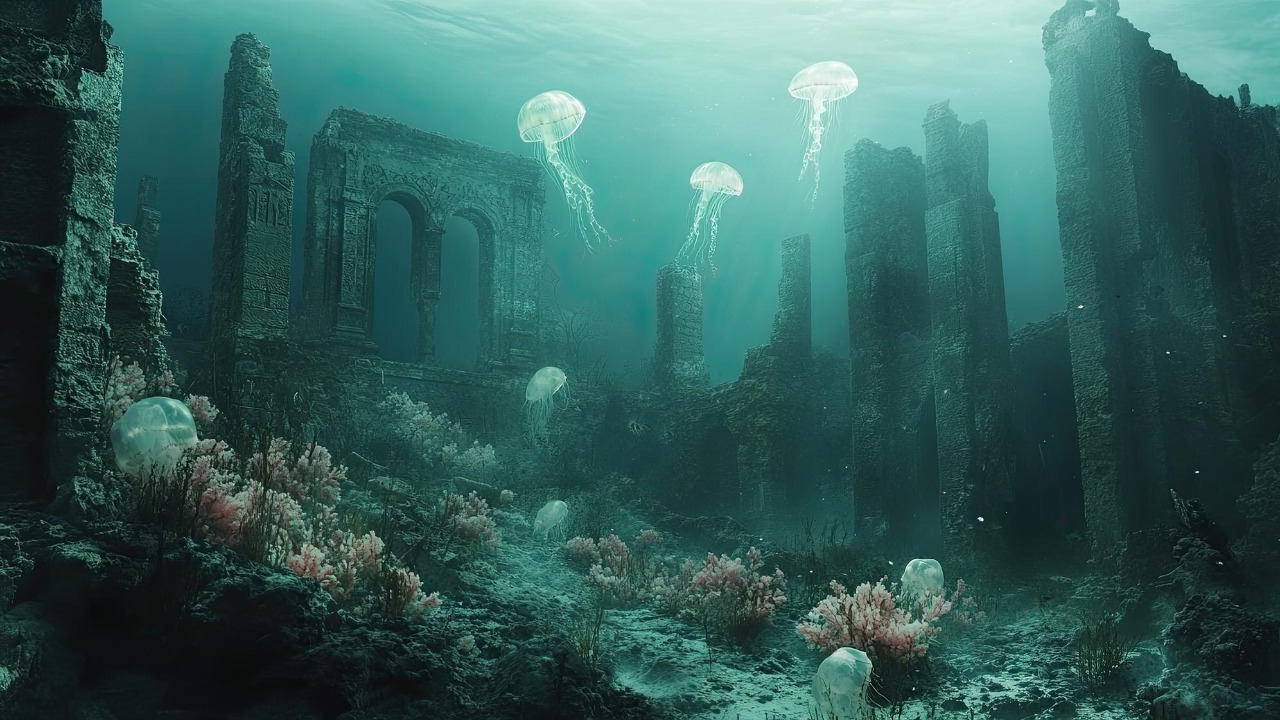
Diverse Life Forms
The Forgotten City is inhabited by a wide range of living organisms, each uniquely suited to survive in its harsh environment. Among the intriguing species found are several types of bacteria and archaea, which serve as the foundation of the ecosystem's food web. These tiny organisms have evolved specific traits to endure the high pH levels and cold temperatures, showcasing the remarkable endurance of life.
Besides microbial life, the Lost City is home to various more complex organisms, such as tube worms, shrimps, and snails. These creatures have developed extraordinary adaptations that allow them to utilize the distinct resources found in the hydrothermal vent environment. Research on these species offers important understanding of the evolutionary mechanisms that lead to adaptation and the formation of new species in harsh conditions.
Ecosystem Interactions
The exchanges among species in the Lost City ecosystem provide fresh insights into ecological connections. The distinct environmental factors lead to an intricate network of interactions, where living beings depend on one another for existence. For instance, mutualistic relationships between bacteria and animals inhabiting hydrothermal vents are vital for nutrient transfer and energy generation. Grasping these interactions is crucial for deciphering the intricacies of the Lost City ecosystem. By examining the dynamics of this underwater society, researchers can obtain knowledge about the mechanisms that influence ecological equilibrium and endurance. These discoveries hold wider significance for our comprehension of ecosystem function and stability, both in harsh environments and more common habitats.
Impacts on Future Studies and Investigation
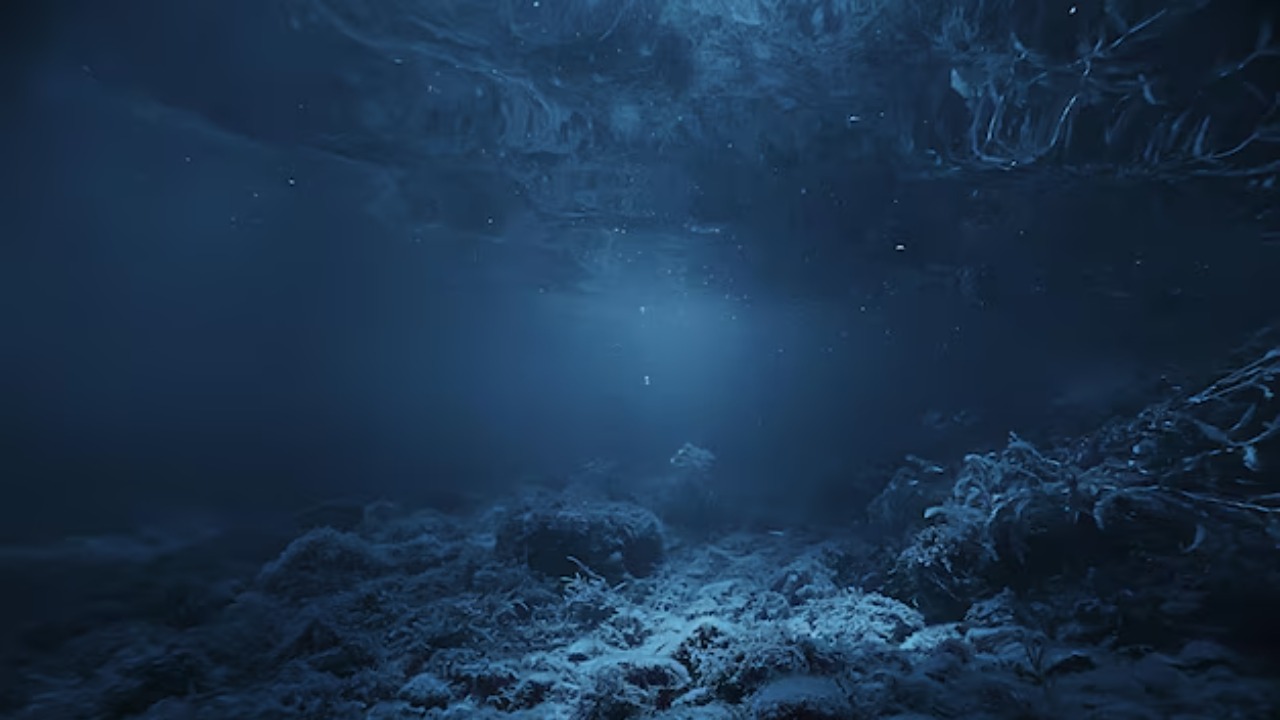
Technological Advancements
The identification of the Lost City was made possible due to major developments in deep-sea exploration. The application of modern ROVs and sonar mapping methods has transformed our capacity to investigate the ocean's depths. These innovations have not only led to the finding of the Lost City but have also set the stage for future investigations of other unknown areas.
With the ongoing development of technology, the opportunity for new findings increases. Progress in underwater robotics and detection systems will enable researchers to investigate more profound and difficult-to-reach parts of the ocean. These improvements are expected to result in additional significant discoveries regarding marine environments and the geological mechanisms that influence them.
Global Significance
The finding of the Lost City holds significant consequences for scientific comprehension and research efforts. The knowledge obtained from this underwater wonder could encourage a fresh surge of studies in marine and geological sciences. By revealing the secrets of the Lost City, researchers can enhance our understanding of the ocean's function within Earth's systems and its influence on worldwide processes.
This finding also underscores the significance of global cooperation in scientific endeavors. The intricacies involved in deep-sea exploration necessitate the joint efforts of scientists from various disciplines and origins. Through collaboration, researchers can combine their knowledge to reveal the mysteries of Earth's most mysterious habitats. The Lost City exemplifies the strength of scientific teamwork and the promise of upcoming discoveries that will transform our perception of the world.
